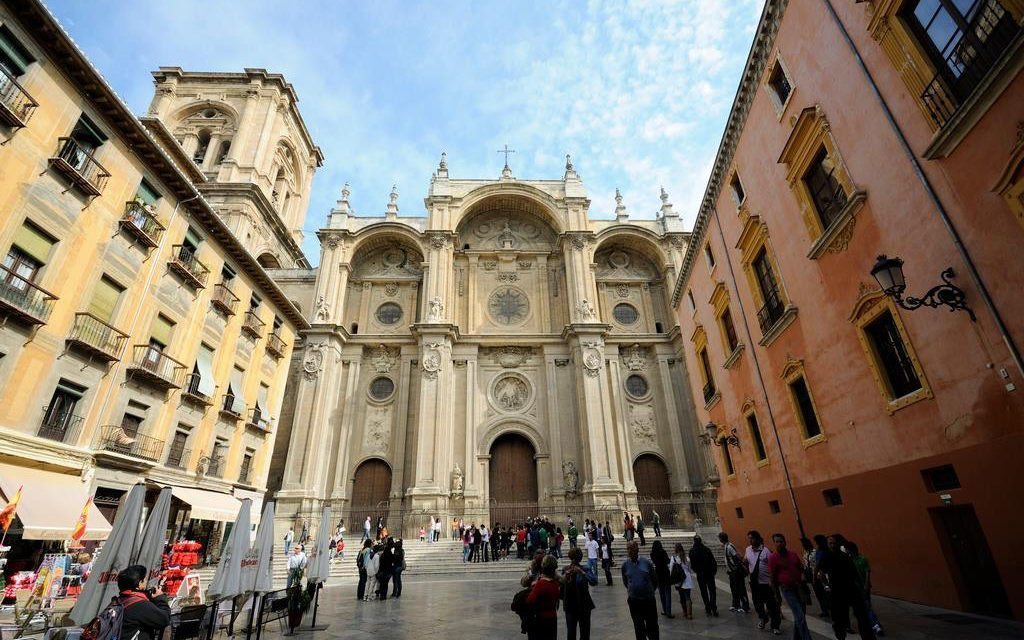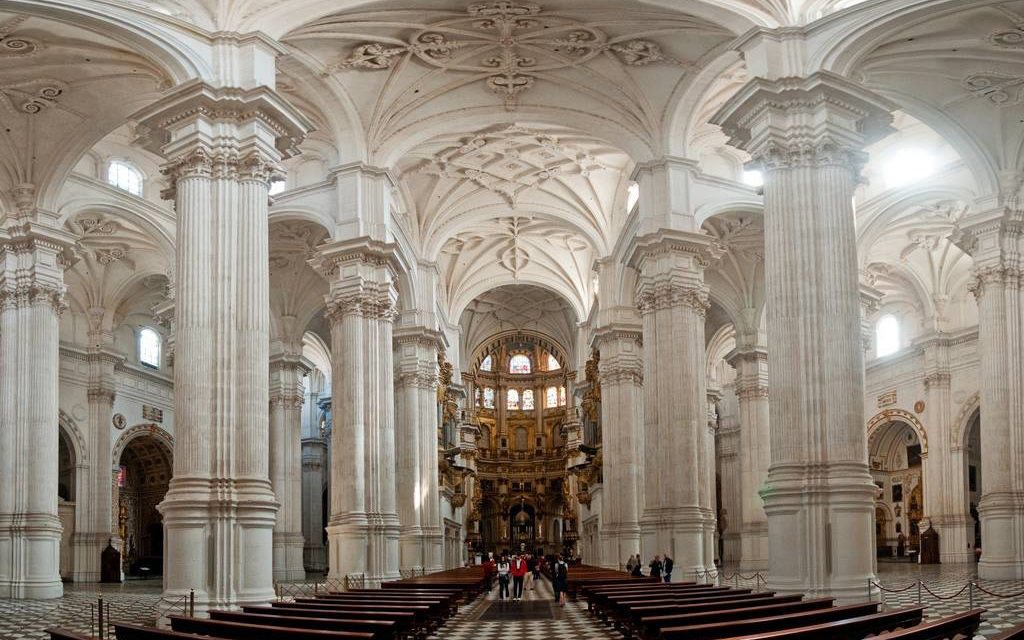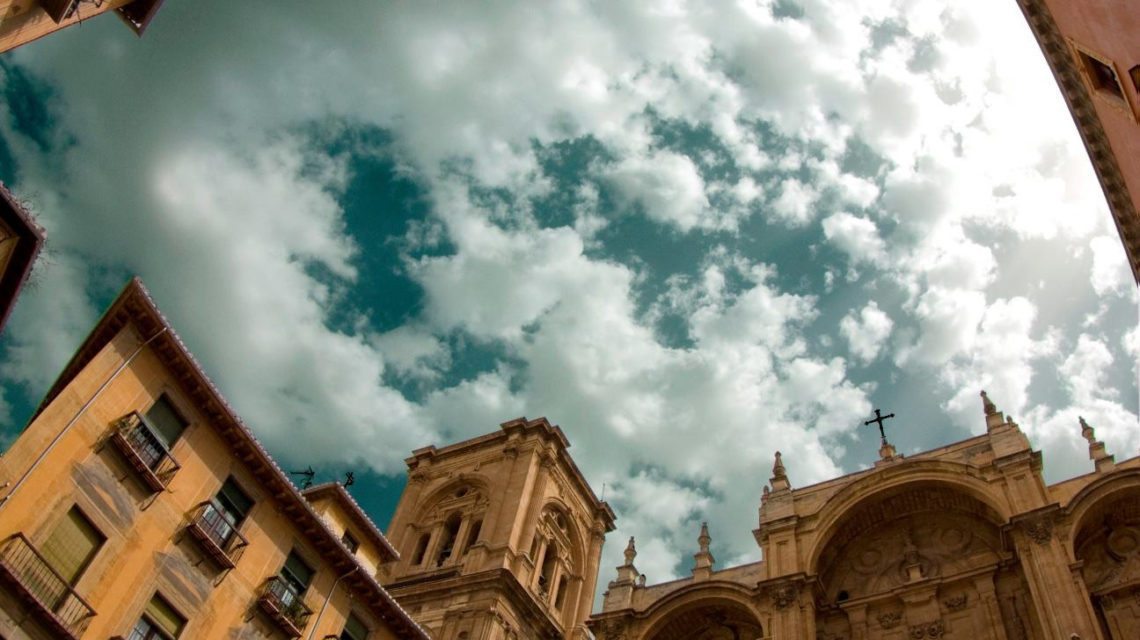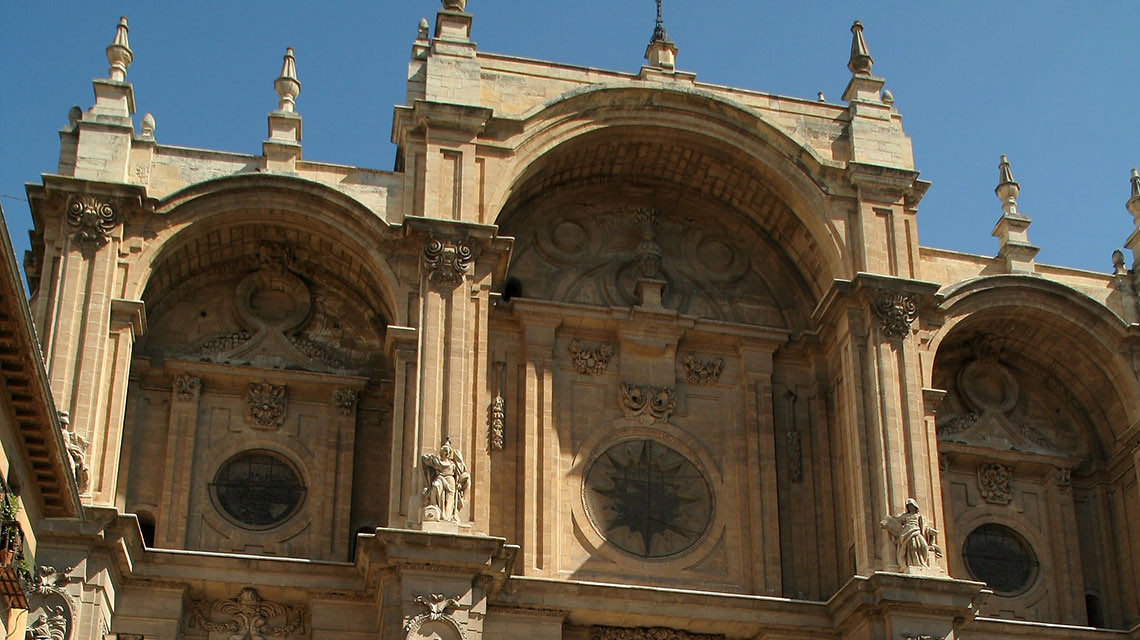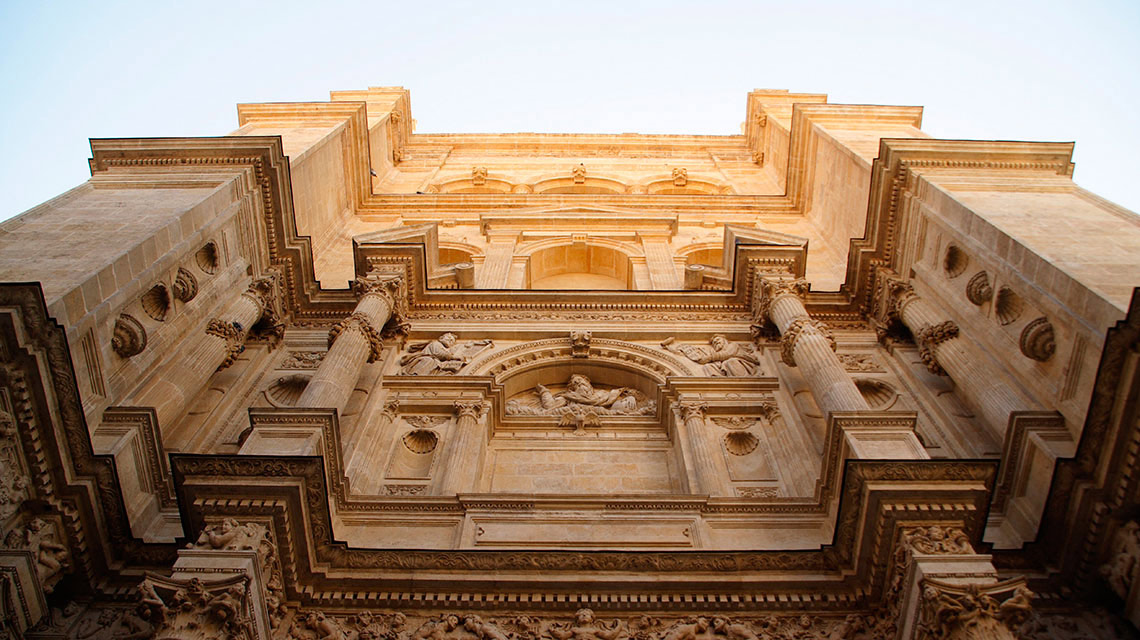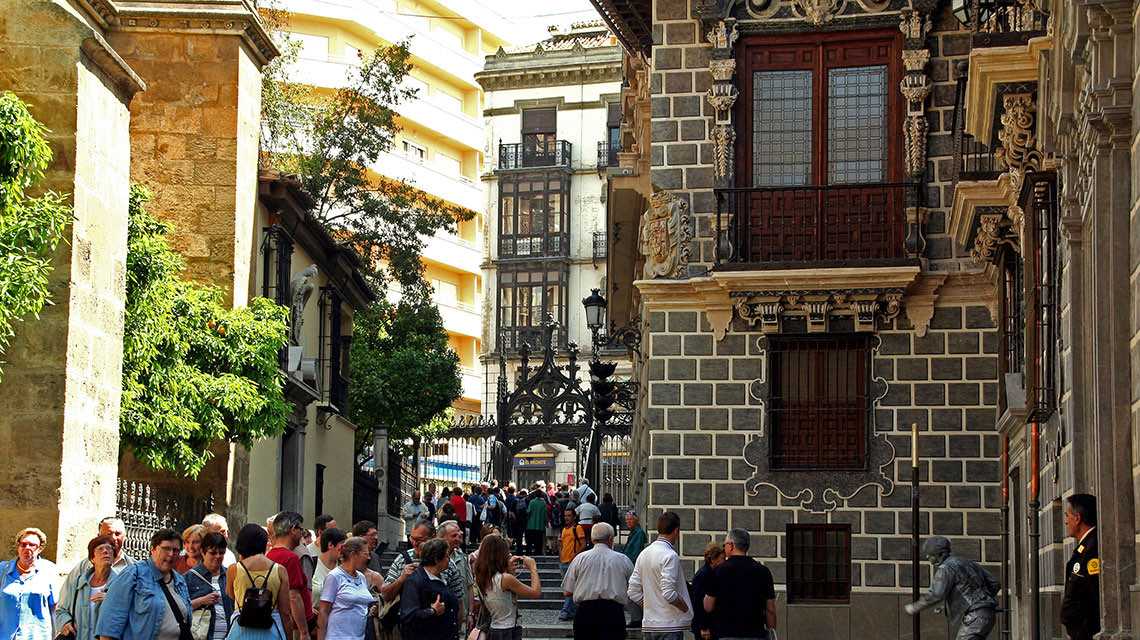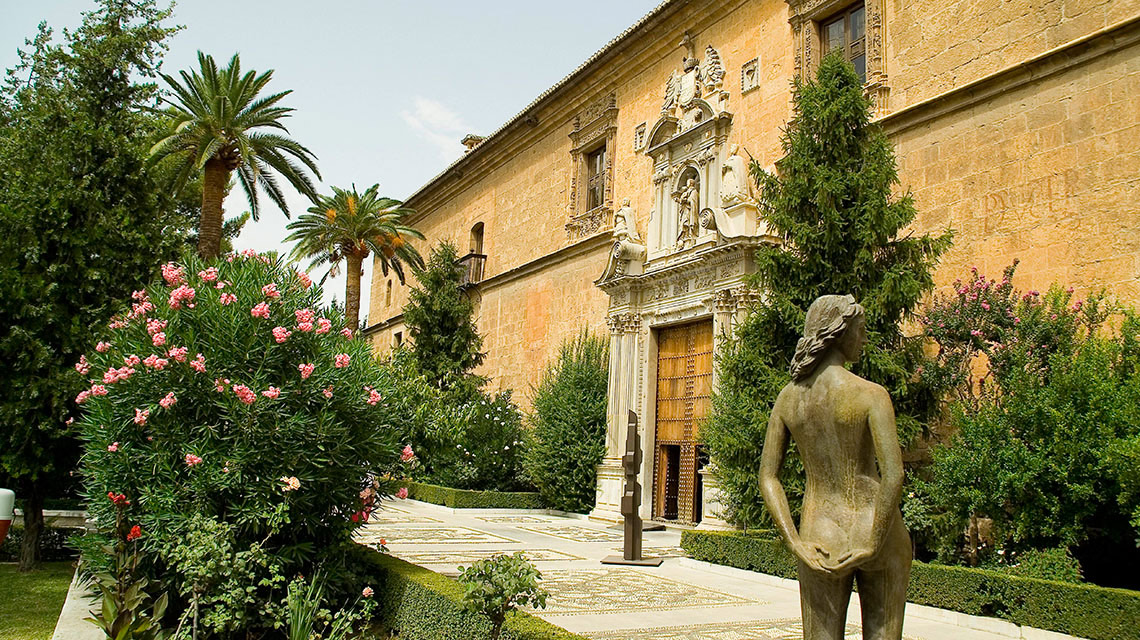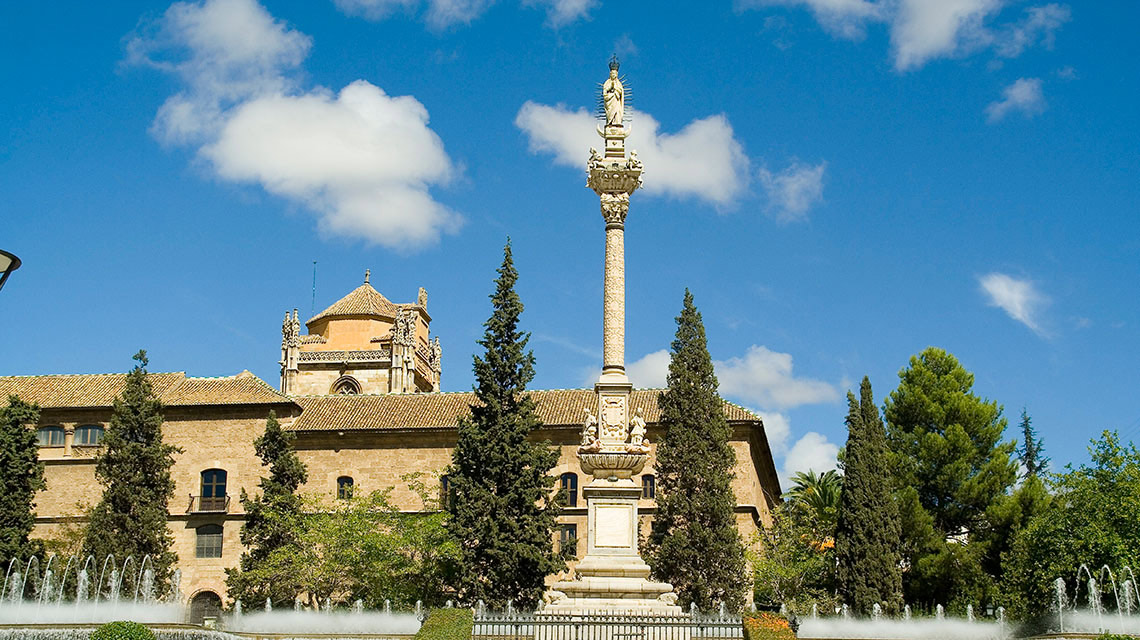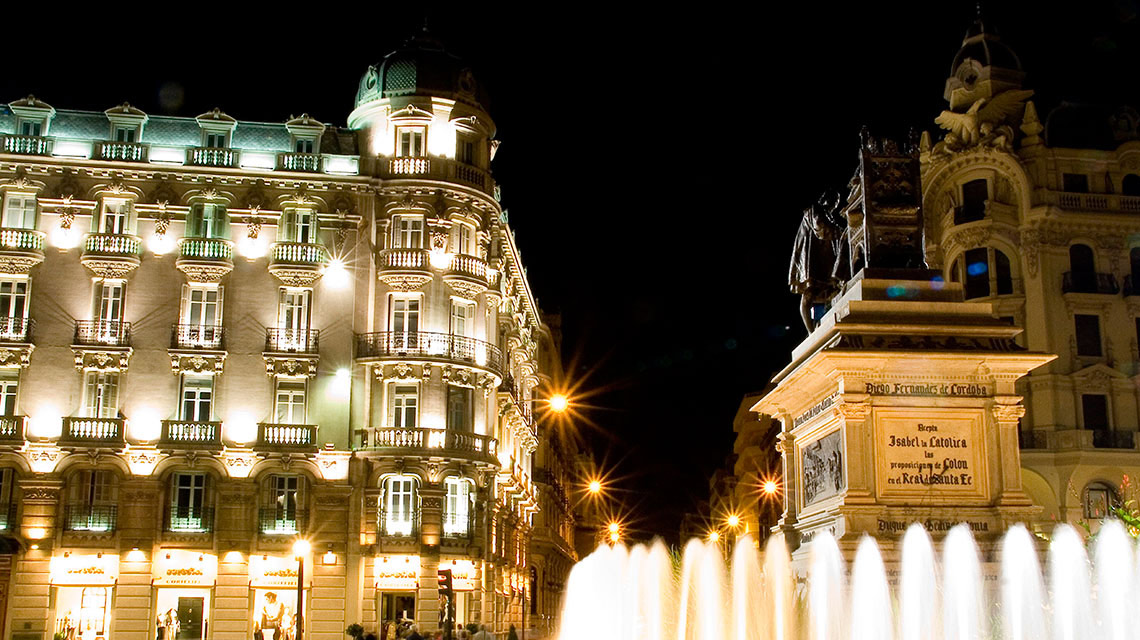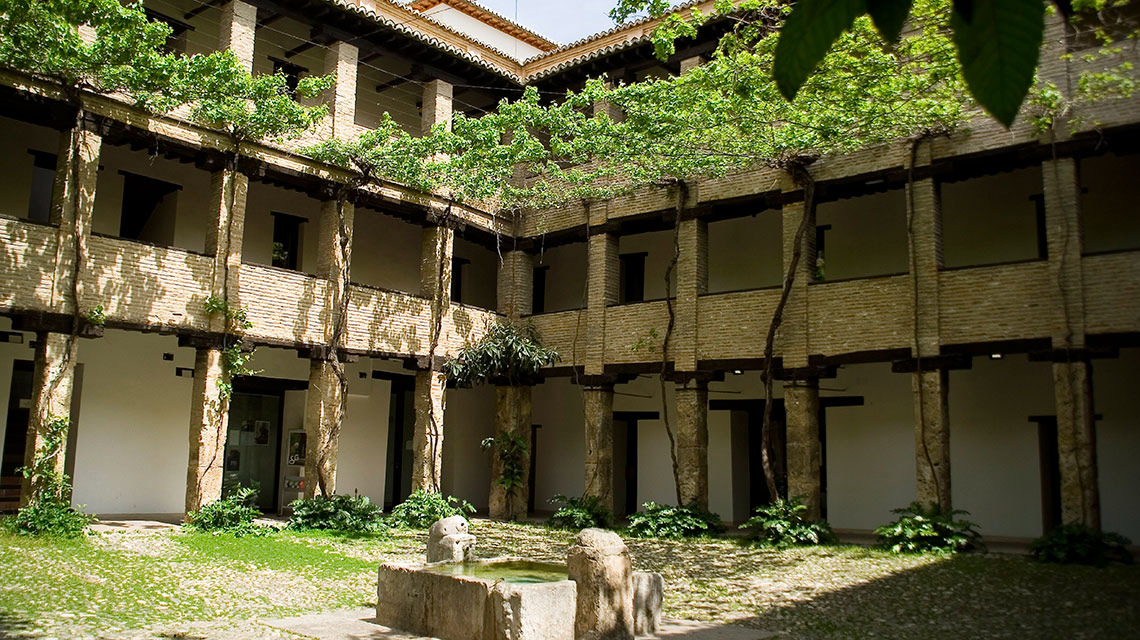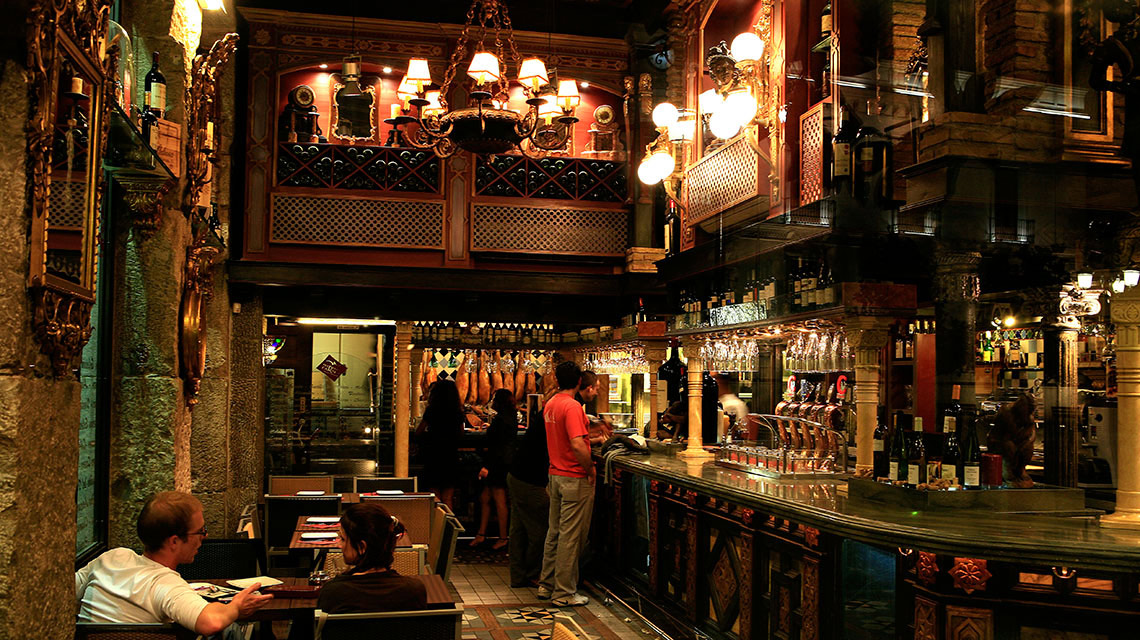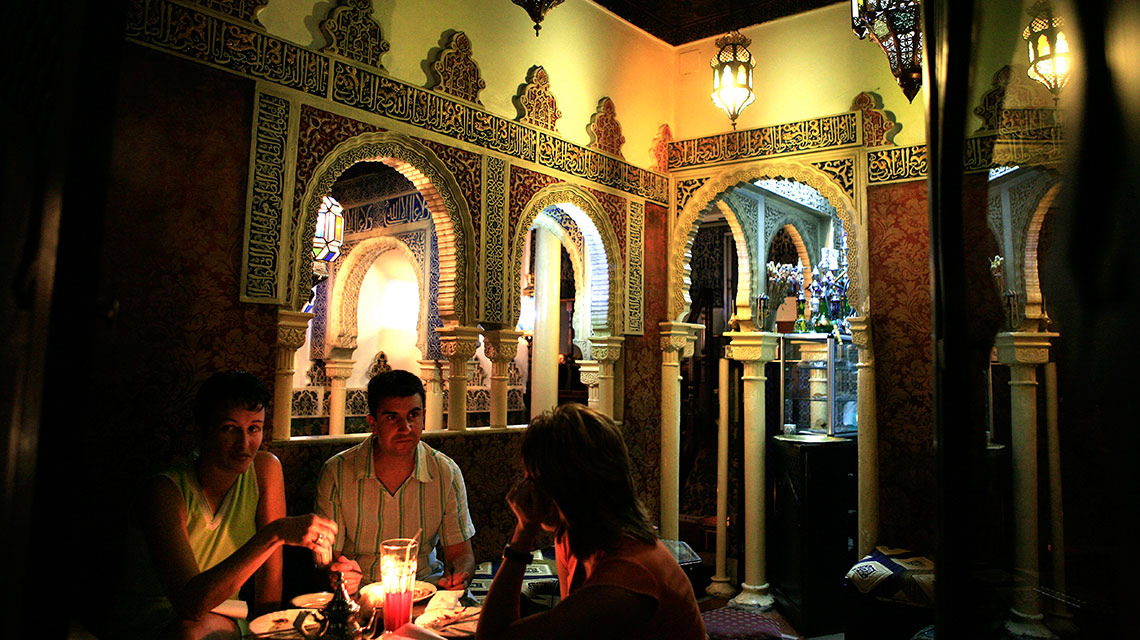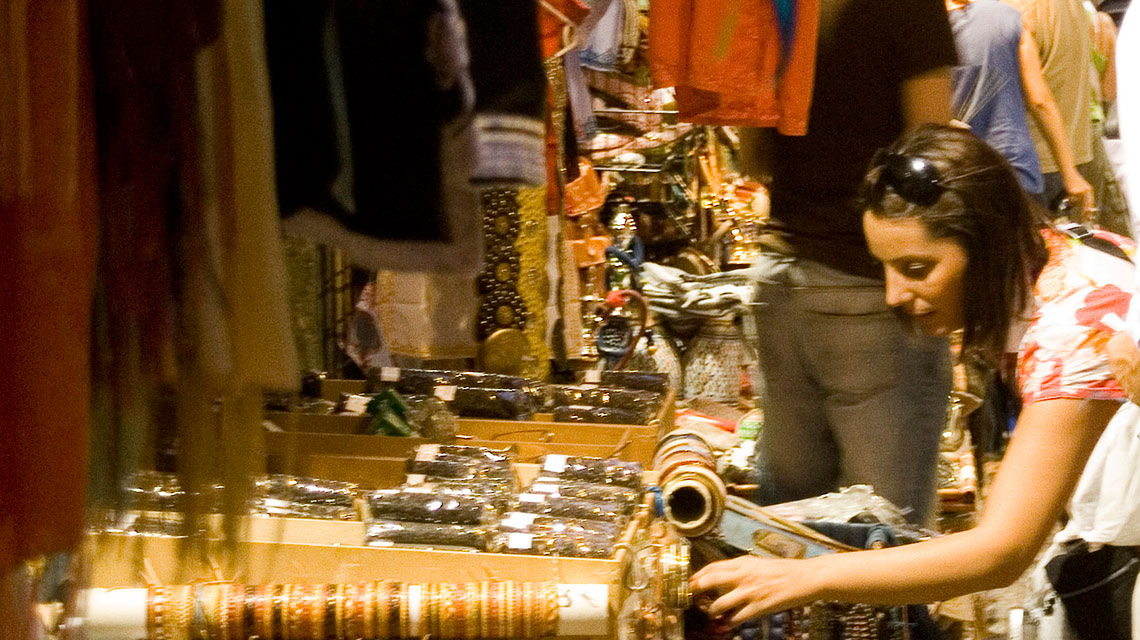Catedral, Capilla Real, Corral del Carbón, Plaza de Bibarrambla, Palacio de la Madraza...
Most tourists come to Granada to visit the Alhambra. But there is much more to see. On this occasion, we at La Almunia del Valle Hotel recommend the historic and commercial center around the Cathedral.
Shortly after the conquest of Granada, King Charles I of Spain ordered the construction of a Cathedral atop the site of the city's main mosque. Always respectful to the memory of the Catholic Monarchs, Ferdinand and Isabella, the king made sure that the Cathedral was built in accordance with the desires of his ancestors. The result: La Santa Iglesia Catedral Metropolitana de la Encarnación de Granada - a masterpiece of Spanish Renaissance.
Attached to the Cathedral, the Capilla Real: The 'Royal Chapel' was conceived in 1504 by the Catholic Monarchs as a place of burial for their bodies. They died before the chapel was finished, but Carlos I fulfilled the desire of his grandparents and moved their bodies to the chapel, whose construction was completed in 1517. Actually Charles I buried almost all the dead of the family in the Royal Chapel, including Philip the Handsome and Joanna the Mad, his wife Elizabeth, their children and Princess Maria of Portugal, wife of Prince Philip. However later, his son Philip II moved everyone buried in the chapel to El Escorial (outside Madrid), leaving only the Catholic Monarchs and their children Philip and Juana, in Granada.
In front of the Chapel you'll find the Palacio de la Madraza, the first university in Granada, founded by Yusuf I in 1349 and, thus, featuring all the Nasrid splendorous style. Today the building houses municipal offices.
Don't miss the chance to visit Granada's oldest Arab monument in Calle Mariana Pineda: The Corral del Carbón (coal yard) was built by Yusuf I in the 14th century as warehousing of goods and shelter of merchants of Muslim Granada. Today it houses municipal offices and is seat to the International Music and Dance Festival of Granada. Occasionally it is also used for stage performances.
One of the most typical and important squares of town is Plaza Bib-Rambla (also: Plaza de Bibarrambla), which dates back to the Nasrid period and must have played an important role because of its proximity to the commercial center of the town. Today the square, also called Plaza de las Flores (Square of Flowers), has a special charme and is one of the spots preferred by the inhabitants, due to the flower stalls and terraces of its bars and restaurants, that come alive especially in spring and summer. In the centre of the square is the Gigantones- or Neptune-Fountain from the seventeenth century, but was put here later.
Next to the Plaza is the Alcaicería, perhaps the most evocative place of old Muslim Granada. This was the grand bazaar of Granada, forming a maze of alleys, with more than two hundred shops, and ten doors that could be closed with iron chains, guarded by guards who ensured the safety of the valuable goods. Destroyed by a fire in 1843, what remains today is a partial reconstruction full of souvenir shops and typical bric-a-brac.
Back at the Cathedral and walking along the Calle de San Jerónimo, you'll get to the Plaza de la Universidad, a monumental square with representative 16th century buildings. Continuing the street and turning right to in Calle San Juan de Dios you get to the Plaza de Triunfo.


